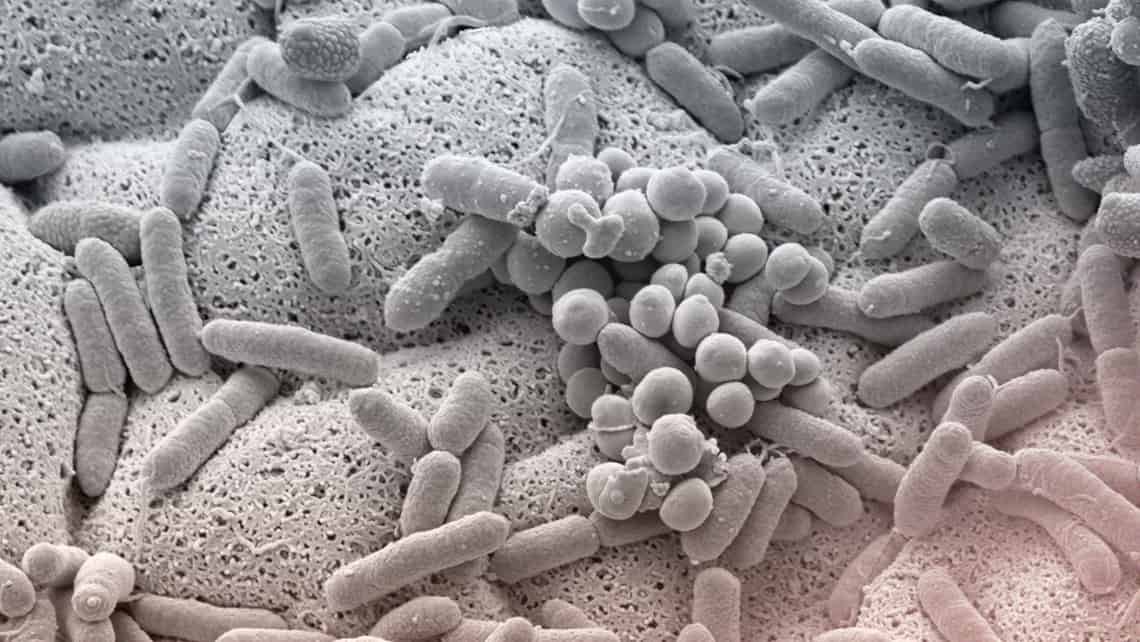
What is vaginal flora? Does it affect fertility?
Índice
What is vaginal flora?
A number of microorganisms consisting of bacteria, viruses and fungi co-habit in the vagina meaning that this area of the body is not sterile. These microorganisms are what are known as vaginal flora. They are essential for balancing our organism’s homeostasis and they protect us from other microorganisms that could cause illnesses.
Lactobacillus is the predominant bacteria in normal vaginal flora and it is characterised by its ability to synthesise lactic acid. Lactic acid decreases vaginal Ph and acts as a natural defence barrier against pathogenic microorganisms (microorganisms that can cause illnesses).
A healthy woman’s vaginal flora does not remain constant. It goes through changes and these are mainly caused by changes in the woman’s hormones. In other words, the vaginal flora in a prepubertal child is different to the vaginal flora in a woman of childbearing age or a woman who is going through the menopause. It can also vary during a menstrual cycle because of the influx of hormones.
How can vaginal flora be analysed?
Species of vaginal flora are generally identified through microbiological culture after taking a sample from the vagina using a swab. Samples can be taken during a gynaecological check-up and the procedure is entirely painless.
The introduction of genetics techniques into this field of medicine has meant that it is now possible to identify a greater number of microorganisms that cannot be detected using a standard microbiological culture. This is what is known as the vaginal microbiome. Genetic identification of this kind is currently used exclusively for basic research and it not a common tool in conventional clinical practice.
What are the possible outcomes?
An imbalance in vaginal flora can lead to illnesses. The most common abnormalities are bacterial vaginosis and thrush.
Bacterial vaginosis is associated with a presence of a greenish/yellowish foul-smelling discharge, generally caused by an increase in Gardnerella vaginallis.
Candidiasis is generally caused by an increase in candida albicans and causes a lumpy, white discharge and itchiness around the vagina.
In both cases, it is important that patients have an appointment with their gynaecologist so that he or she can assess the situation and prescribe suitable treatment.
Does it affect fertility?
There are currently no clear indications that vaginal infections themselves have an impact on fertility. However, we do know that women who tend to have recurrent vaginal infections and/or poorly treated infections are at a greater risk of having infections in the superior section of the genitals (endometrium and fallopian tubes) as a result of continued ascent of the bacteria from the vagina. Infections in the endometrium, known as endometritis, do not entail any symptoms whatsoever and they are associated with issues gestating, biochemical pregnancies and an increased risk of pregnancy loss. Endometritis can be treated with antibiotics. The oocyte and spermatozoon unite, fertilise and go through the first few phases of embryo development prior to implantation in the uterus in the fallopian tubes. Infections in the fallopian tubes can lead to infertility because the tubes become obstructed as a result of the infection. This obstruction in the fallopian tubes is permanent.
Dr Andrea Bernabeu, Director of the Genetics and Reproduction Guidance Unit at Instituto Bernabeu
RELATED INFORMATION
